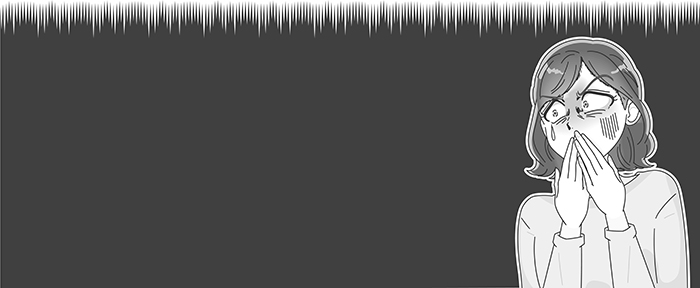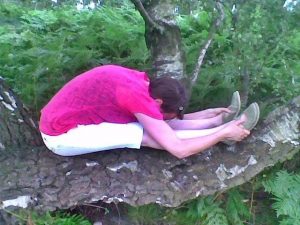When we are in the throes of our problem, whether that be anxiety or depression or some other disturbance, it can be difficult to see it as something other than a terrible crisis that is afflicting us.
A ‘right brain’ way of seeing
In this respect our very way of seeing the problem perpetuates the problem. Being in the midst of the problem, consumed by it, overwhelmed by the right brain’s subjective negative experience, makes us blind to the real nature of things. This ‘veil’ prevents us from seeing reality. It is what yoga calls ‘maya’; the illusion that there is an objective reality.
Reality is projection
Maya is projection, it leads to partial understanding and wrong or false notions about our self, our identity and our reality.
In the Indian tantric myth of the rishi couple, Shiva and Parvati, who lived in a mountain village, the play of reality and illusion is brought out beautifully when Parvati asks: “the minds of people are full of tension and strife, suffering, pain, anxiety, difficulty … Why is there so much desire and craving in human beings … They constantly desire to acquire something which leads to more agitation and anxiety … Why do human beings get entangled in this vicious cycle?”
Inner disturbance is an expression of energy
According to tantra, this disturbance within each individual is an expression of the state of their energy and their consciousness. In this respect, disturbed mental states are projections of energy and consciousness. There is no reality, each of us lives in our own version of reality, which is largely a projection of our unconscious mind.
The end of an illusion
By understanding this we can begin to see our problems as simply the end of an illusion: a chance to expand consciousness to another level. But, as Jung said; “man will do almost anything to avoid facing his own soul”. When we ignore, deny or repress our spirit (our soul), in our obsessive over-identification with our body and/or our mind, the spirit only breaks through in the form of neuroses and mental disturbance.
Changing your problem
So how can you start to change your ‘problem’?
- Firstly, accept that your problem is a ‘gift’, a chance to overcome another level of illusion, an opportunity to learn and grow. Welcome your problem in as a cry from your soul to be heard and understood.
- Then recognise that you don’t ‘have’ a problem: you are the problem. This will move you from being at ‘effect’ (blame, victim, martyrdom) to ’cause’ (taking the responsibility to change the only thing you can: you!)
- Be brave, authentic and tender in exploring the unchartered territory of your spirit because this journey will only bring you to bliss.
In this respect, psychotherapy is ‘spiritual’ and yoga is psychotherapy, ‘all roads lead to Rome’ so to speak.
This piece was first published on Psychologies Life Labs



